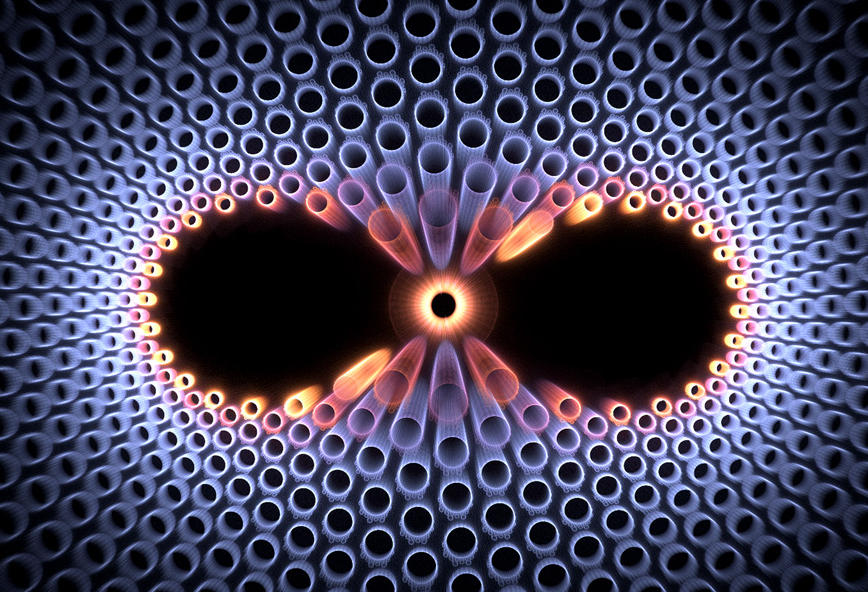An alternative theory to that of the Big Bang was proposed back in 1957 in a paper concerning stellar nucleosynthesis is known as B2FH, after the initials of its four authors. It was an alternative explanation in which they called the Steady State Theory and although is now a relic of the past, some aspects of it still complement the Big Bang theory and help explain how the elements in the universe were first built.
Fred Hoyle was one of the four authors of the paper and he found the idea that all matter in the universe emerged all at once in a Big Bang style, was utterly ridiculous. Being one of the big names when it came to stellar nucleosynthesis, Hoyle was regularly doing talks on the subject throughout the 1940’s and 1950’s. His belief was that although the cosmos was expanding, it was doing so at a Steady State, with minimal amounts of new matter added to fill the gaps.
Matter’s diluted over time due to the expanding Universe. That’s the theory behind the Big Bang. When it comes to the Steady-State Theory, the density remains constant over time. However, one of the main issues with the Steady-State theory is how to explain the cold, elementary particles that were slowing seeping into space and transforming into higher elements. It’s the Big Bang theory that seems to better answer these questions of element creation through nucleosynthesis.
All was explained in a paper published in 1948 entitled “Origin of the Chemical Elements”. The paper was written by George Garrow and his student Ralph Alpher but it was far from perfect. In detailing some of the finer points of Big Bang Nucleosynthesis, the light elements (hydrogen, helium, and lithium) were predicted correctly, but the heavier ones were not. By adding a proton, neutron, or deuteron to theses they could be built up step by step, but beyond lithium, there are no stable isotopes of atomic mass five or eight. However, to counter this, Hoyle put forth his own hypothesis which basically said that any element higher than helium was produced in giant red stars.
To help with his research, Hoyle began visiting Caltech in 1953. Soon after a collaboration was formed between Hoyle, Fowler, and others including husband and wife team Geoffrey and E. Margaret Burbridge, a pair of British astronomers. In 1956 the work done at Kellogg on element transmutation was featured in the New York Times as evidence for the Steady State theory rather than that of the Big Bang. In 1957 the Burbridges, Fowler, and Hoyle (B2FH) published a paper entitled, “Synthesis of the Elements in Stars.“, which describes brilliantly how the elements were built up, separating them into different processes. They demonstrated how massive stars such as Red Giants and Supergiants have the capability of creating all the elements, right up to iron, in their core.
The problem with the paper was it failed to predict a large amount of helium there is in space. In order to account for that, the Big Bang theory was needed. By the mid-1960’s Hoyle and the Burbridges ditched the original Steady State theory and instead developed a new theory called the quasi-steady state, based on “little bangs”, and that’s the theory Hoyle continued to support right up until his death in 2001.
For more info about ” Synthesis of the Elements in Stars “.
More News to Read











